Proper time management techniques lead to productivity and efficiency in every workplace. It helps you prioritize things as well, meet deadlines too and maintain a healthy work-life balance. So, to help you further boost your productivity through proper execution; in this post utilizing the Eisenhower Matrix as one of those 15 – time management techniques we will cover and discussing them with tips along with real life examples
Scheduling and structuring your day are crucial so various tasks can be divided equally, which leads to effective time management. Even if you’re under some extreme pressure you will still work better more and get more done if doing right. On the other hand, poor time management may result in more stress and reduced productivity.
Top 15 Time Management Techniques
The only way you can effectively manage time is by planning your day and organizing a list of all the things that you need to do. Once you have this nailed then and only then will you be able to work most productively even under stressful conditions However, poor time management can seriously impact your mental health and productivity.
1. The Eisenhower Matrix
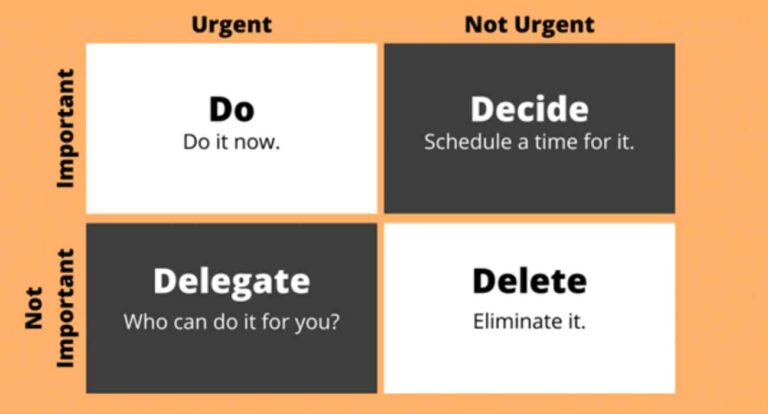
What is the Eisenhower Matrix?
The Eisenhower Matrix, also known as the Urgent-Important Matrix, is a time management tool that helps you prioritize tasks by urgency and importance, sorting out less urgent and important tasks which you should either delegate or not spend much time on. The matrix is divided into four quadrants:
- Urgent and Important: Tasks you should do immediately.
- Important, but not Urgent: Tasks you should schedule to do later.
- Urgent, but not Important: Tasks you should delegate to someone else.
- Neither Urgent nor Important: Tasks you should eliminate.
How to Use the Eisenhower Matrix
To use the Eisenhower Matrix, follow these steps:
- List Your Tasks: Write down all the tasks you need to complete.
- Categorize Tasks: Assign each task to one of the four quadrants based on its urgency and importance.
- Prioritize: Focus on tasks in the “Urgent and Important” quadrant first.
- Schedule: Allocate time in your calendar for “Important, but not Urgent” tasks.
- Delegate: Identify “Urgent, but not Important” tasks that can be delegated.
- Eliminate: Remove tasks that fall into the “Neither Urgent nor Important” category.
Examples of Eisenhower Matrix in Action
Imagine you are a project manager with the following tasks:
- Urgent and Important: Completing a project report due tomorrow.
- Important, but not Urgent: Planning next month’s project timeline.
- Urgent, but not Important: Responding to an email about a non-critical issue.
- Neither Urgent nor Important: Browsing social media.
Using the Eisenhower Matrix, you would prioritize finishing the project report, schedule time to plan the project timeline, delegate the email response, and avoid social media during work hours.
2. Pomodoro Technique
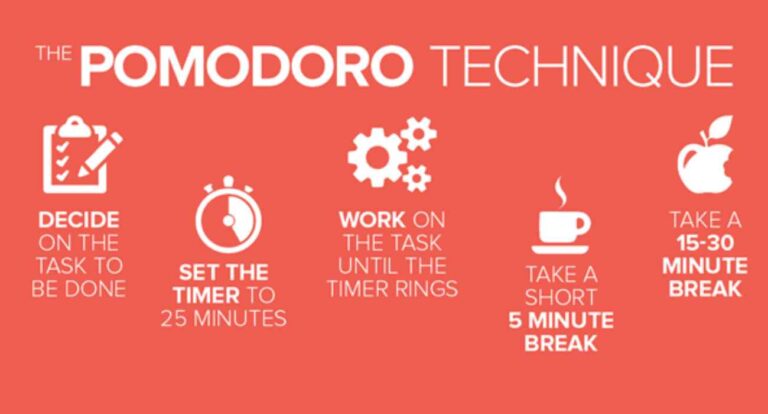
What is the Pomodoro Technique?
The Pomodoro Technique is a time management method developed by Francesco Cirillo in the late 1980s. It uses a timer to break work into intervals, traditionally 25 minutes in length, separated by short breaks. These intervals are called “pomodoros,” the Italian word for “tomato,” after the tomato-shaped kitchen timer that Cirillo used as a university student.
Steps to Implement the Pomodoro Technique
- Choose a Task: Select the task you want to work on.
- Set the Timer: Set a timer for 25 minutes.
- Work on the Task: Focus on the task until the timer rings.
- Take a Short Break: Take a 5-minute break to rest and recharge.
- Repeat: After four pomodoros, take a longer break of 15-30 minutes.
Benefits of Using Pomodoro Technique
- Improved Focus: The Pomodoro Technique helps you concentrate on one task at a time.
- Increased Productivity: Breaking work into manageable intervals can boost productivity.
- Reduced Burnout: Regular breaks help prevent burnout and maintain energy levels.
- Enhanced Motivation: The frequent sense of accomplishment from completing Pomodoro’s can enhance motivation.
3. Time Blocking
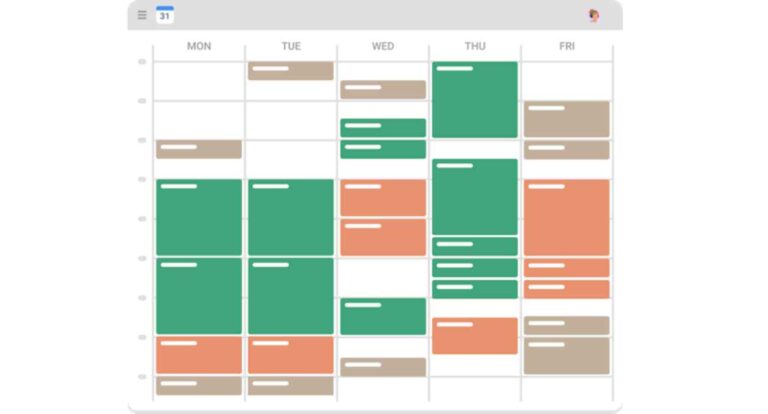
Definition of Time Blocking
Time blocking is a scheduling method that divides your day into distinct blocks of time, each dedicated to a specific task or group of tasks. Instead of working on tasks as they come up, you plan in advance when you’ll do specific tasks and stick to that schedule.
How to Create a Time Blocking Schedule
- Identify Tasks: List all the tasks you need to complete.
- Estimate Time: Determine how much time each task will take.
- Create Blocks: Divide your day into blocks of time, assigning specific tasks to each block.
- Schedule Breaks: Include breaks to rest and recharge.
- Stick to the Plan: Follow your time blocking schedule as closely as possible.
Advantages of Time Blocking
- Better Organization: Time blocking helps organize your day and ensure all tasks get attention.
- Increased Focus: By dedicating time blocks to specific tasks, you can focus better and work more efficiently.
- Improved Time Management: Time blocking allows you to allocate time appropriately and avoid spending too much time on any one task.
4. Getting Things Done (GTD)
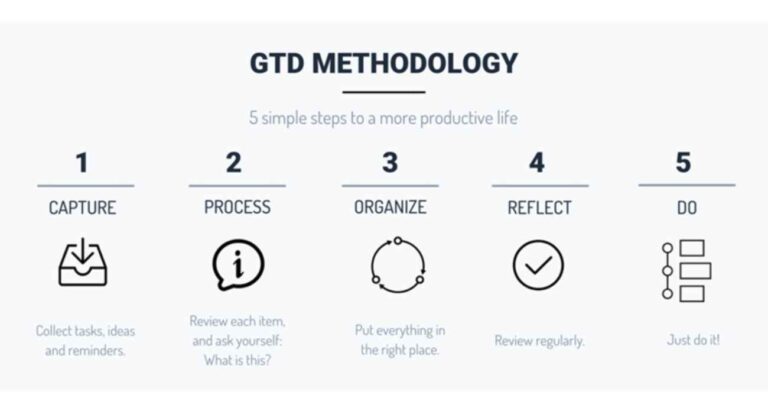
Introduction to GTD Methodology
Getting Things Done (GTD) is a productivity methodology developed by David Allen. It focuses on capturing all the tasks and ideas that come to you, organizing them into actionable items, and systematically reviewing and completing them.
Key Principles of GTD
- Capture: Collect all tasks, ideas, and commitments in a trusted system.
- Clarify: Process what each item means and what action is needed.
- Organize: Put items in the right place based on their priority and context.
- Reflect: Regularly review your lists and priorities.
- Engage: Use your system to decide what to work on at any given moment.
Steps to Implement GTD at Work
- Capture Everything: Write down all your tasks and ideas in a trusted system.
- Clarify Tasks: Decide what needs to be done for each task and break it into actionable steps.
- Organize Actions: Sort tasks into categories (e.g., projects, next actions, waiting for).
- Review Regularly: Conduct weekly reviews to update your lists and priorities.
- Engage in Tasks: Use your organized lists to choose the most important task to work on next.
5. ABCDE Method
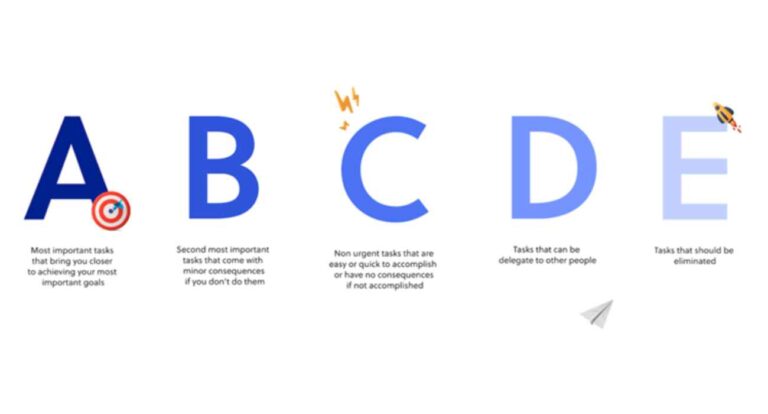
Explanation of the ABCDE Method
The ABCDE Method, developed by Brian Tracy, is a prioritization technique that helps you categorize tasks by importance and urgency. Each letter represents a different level of priority:
- A: Tasks that are very important and must be done today.
- B: Tasks that are important but not as critical as A tasks.
- C: Tasks that are nice to do but not critical.
- D: Tasks that can be delegated to others.
- E: Tasks that can be eliminated.
How to Prioritize Tasks Using ABCDE
- List Your Tasks: Write down all the tasks you need to complete.
- Assign Letters: Assign a letter (A, B, C, D, or E) to each task based on its priority.
- Rank Tasks: Within each letter category, rank tasks in order of importance (A1, A2, B1, B2, etc.).
- Focus on A Tasks: Start with the highest priority A tasks and work your way down.
Practical Applications of ABCDE in the Workplace
Imagine you have the following tasks:
- A1: Submit a project proposal due today.
- A2: Prepare for a critical client meeting.
- B1: Update team on project progress.
- C1: Organize files on your computer.
- D1: Delegate a report review to a team member.
- E1: Cancel a non-essential meeting.
By using the ABCDE Method, you focus on the A tasks first, ensuring that the most critical tasks are completed on time.
6. Eat That Frog

Concept Behind Eat That Frog
“Eat That Frog” is a time management technique inspired by a quote from Mark Twain: “If it’s your job to eat a frog, it’s best to do it first thing in the morning. And if it’s your job to eat two frogs, it’s best to eat the biggest one first.” The concept is to tackle your most challenging and important task (the “frog”) first thing in the day.
Steps to Apply Eat That Frog Technique
- Identify Your Frog: Determine the most important and challenging task you need to complete.
- Do It First: Start your day by working on this task without delay.
- Focus: Concentrate on completing the task before moving on to anything else.
- Repeat: Identify a new “frog” each day and tackle it first.
Success Stories and Examples
Imagine you have a complex project that you’ve been putting off. By using the Eat That Frog technique, you prioritize this project first thing in the morning, making significant progress before distractions arise. Over time, this approach can lead to increased productivity and reduced procrastination.
7. 2-Minute Rule

What is the 2-Minute Rule?
The 2-Minute Rule, popularized by David Allen in his GTD methodology, is a simple but effective time management strategy. It suggests that if a task takes less than two minutes to complete, do it immediately.
How to Apply the 2-Minute Rule in Daily Tasks
- Identify Quick Tasks: Look for small tasks that can be done quickly.
- Do It Now: If the task takes less than two minutes, do it immediately instead of adding it to your to-do list.
- Move On: After completing the quick task, move on to the next item on your list.
Benefits of the 2-Minute Rule
- Reduced Clutter: Quickly handling small tasks prevents them from piling up.
- Increased Productivity: Completing quick tasks immediately frees up mental space for more important work.
- Enhanced Efficiency: The 2-Minute Rule encourages prompt action, leading to a more efficient workflow.
8. The 4 D's (Do, Defer, Delegate, Delete)
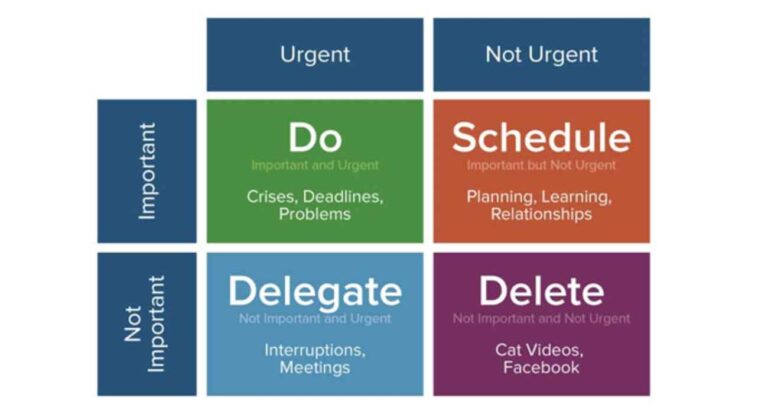
\Explanation of the 4 D’s Method
The 4 D’s method is a time management technique that helps you decide how to handle each task. The 4 D’s stand for:
- Do: Complete the task immediately.
- Defer: Schedule the task for later.
- Delegate: Assign the task to someone else.
- Delete: Eliminate the task if it’s not necessary.
How to Categorize Tasks Using the 4 D’s
- List Tasks: Write down all the tasks you need to complete.
- Apply the 4 D’s: For each task, decide whether to do it, defer it, delegate it, or delete it.
- Prioritize: Focus on tasks you need to do immediately, and appropriately schedule or assign the rest.
Case Studies and Practical Examples
For example, if you have the following tasks:
- Do: Complete a client presentation.
- Defer: Schedule a meeting with your team for next week.
- Delegate: Assign the task of compiling data to a colleague.
- Delete: Eliminate attending a non-essential webinar.
Using the 4 D’s method ensures that you handle tasks efficiently and avoid unnecessary work.
9. Time Audits

Importance of Conducting Time Audits
A time audit is an evaluation of how you spend your time, identifying where your time goes and finding opportunities for improvement. Conducting a time audit can reveal patterns and inefficiencies, helping you optimize your schedule.
Steps to Perform a Time Audit
- Track Your Time: Record all your activities over a week or two.
- Categorize Activities: Group similar activities together.
- Analyze Data: Look for patterns, time wasters, and areas for improvement.
- Make Adjustments: Adjust your schedule based on your findings to better align with your priorities.
Analyzing and Utilizing Time Audit Results
After conducting a time audit, you might find that you spend too much time on emails or meetings. With this insight, you can set specific times for checking emails and streamline or reduce unnecessary meetings, thereby freeing up time for more important tasks.
10. Batch Processing
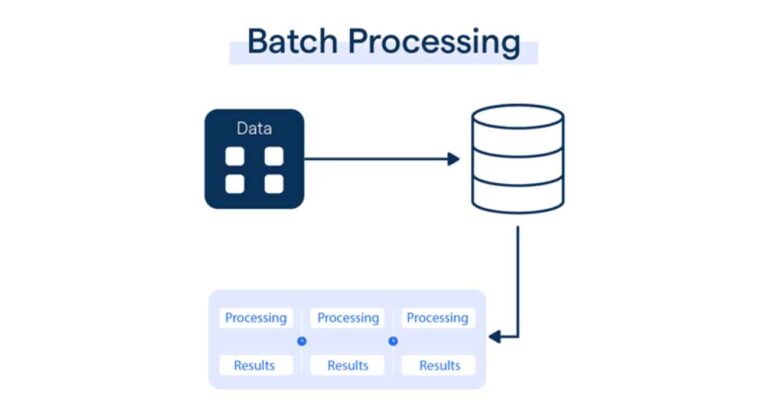
What is Batch Processing?
Batch processing is a technique where you group similar tasks together and complete them in one go, rather than switching between different types of tasks. This approach can increase efficiency and reduce the cognitive load of task switching.
How to Implement Batch Processing at Work
- Identify Similar Tasks: Find tasks that can be grouped together (e.g., responding to emails, making phone calls).
- Schedule Time Blocks: Allocate specific blocks of time to complete these grouped tasks.
- Focus: Concentrate on one batch of tasks at a time, avoiding interruptions.
Efficiency Gains from Batch Processing
Batch processing can significantly improve efficiency. For example, instead of checking and responding to emails throughout the day, set aside two 30-minute blocks to handle all email correspondence. This reduces distractions and allows for deeper focus on other tasks during the rest of the day.
11. MITs (Most Important Tasks)
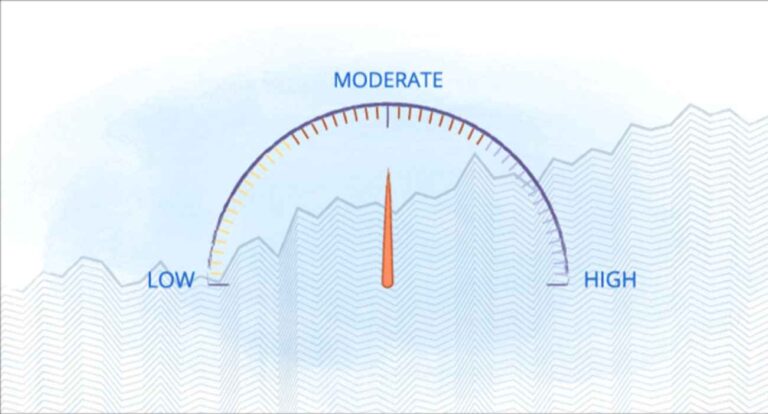
Identifying Your MITs
Most Important Tasks (MITs) are the tasks that will have the most significant impact on achieving your goals. Identifying and focusing on these tasks ensures that you are working on what truly matters.
How to Focus on MITs for Better Productivity
- Choose Daily MITs: At the start of each day, identify your top 3 MITs.
- Prioritize: Work on these tasks first, before attending to less critical tasks.
- Review and Adjust: At the end of the day, review your progress and adjust your MITs for the next day as needed.
Tips for Setting Effective MITs
- Align with Goals: Ensure your MITs align with your long-term goals and priorities.
- Be Specific: Define clear and specific tasks to work on.
- Limit Number: Focus on no more than 3 MITs to avoid overwhelm.
12. SMART Goals

Understanding SMART Goals
SMART goals are a framework for setting clear, achievable goals. SMART stands for Specific, Measurable, Achievable, Relevant, and Time-bound.
How to Set SMART Goals for Work Tasks
- Specific: Define the goal clearly and precisely.
- Measurable: Ensure the goal can be measured to track progress.
- Achievable: Set a goal that is realistic and attainable.
- Relevant: Align the goal with your overall objectives and priorities.
- Time-bound: Set a deadline for achieving the goal.
Benefits of SMART Goal Setting
- Clarity: SMART goals provide clear direction and focus.
- Motivation: Achievable and relevant goals can boost motivation.
- Accountability: Measurable and time-bound goals enable tracking progress and accountability.
13. Parkinson's Law
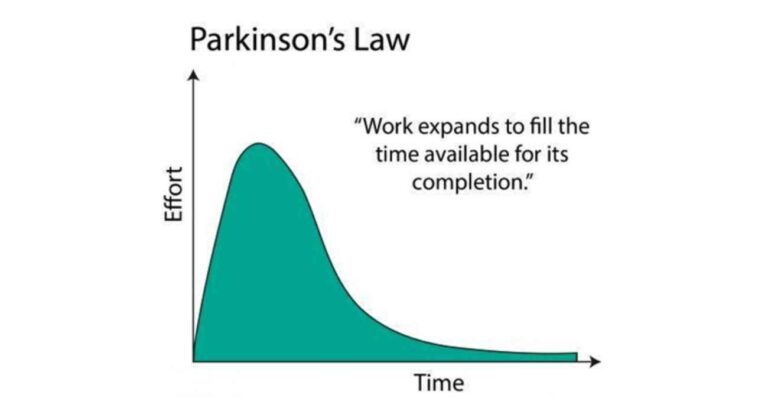
Explanation of Parkinson’s Law
Parkinson’s Law states that “work expands to fill the time available for its completion.” This means that if you give yourself too much time to complete a task, it will likely take longer than necessary.
How to Leverage Parkinson’s Law for Better Time Management
- Set Short Deadlines: Give yourself less time than you think you need to complete a task.
- Create a Sense of Urgency: Work with a sense of urgency to complete tasks more quickly.
- Limit Time: Allocate specific and limited time blocks for tasks to prevent them from dragging on.
Examples and Tips for Implementation
For instance, if you usually take two hours to write a report, set a timer for 90 minutes and challenge yourself to finish within that time. This approach can help you work more efficiently and avoid unnecessary delays.
14. Pareto Principle (80/20 Rule)
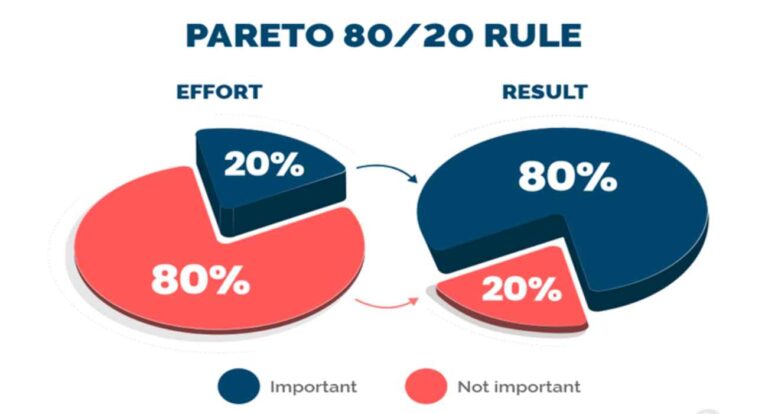
What is the Pareto Principle?
The Pareto Principle, also known as the 80/20 Rule, suggests that 80% of results come from 20% of efforts. In other words, a small portion of your efforts can lead to the majority of your outcomes.
Applying the Pareto Principle to Work Tasks
- Identify Key Tasks: Determine the 20% of tasks that contribute to 80% of your results.
- Prioritize: Focus on these high-impact tasks first.
- Evaluate and Adjust: Regularly review your tasks and adjust your priorities based on their impact.
Real-World Examples of the Pareto Principle
For example, if you manage a sales team, you might find that 80% of your sales come from 20% of your clients. By focusing on nurturing relationships with these key clients, you can maximize your sales results.
15. Time Management Tools and Apps
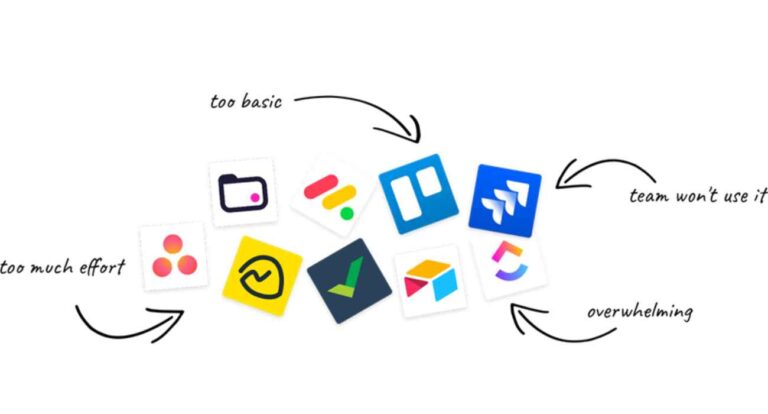
Overview of Popular Time Management Tools
Various tools and apps can help you manage your time more effectively. Some popular options include:
- Trello: A project management tool that uses boards, lists, and cards to organize tasks.
- Asana: A task management app that helps teams track work and manage projects.
- Todoist: A to-do list app that allows you to create and organize tasks.
- RescueTime: A time-tracking app that provides insights into how you spend your time.
Features and Benefits of Top Time Management Apps
- Trello: Offers visual organization, collaboration features, and integration with other tools.
- Asana: Provides task assignment, deadline tracking, and project visualization.
- Todoist: Allows task prioritization, recurring tasks, and productivity tracking.
- RescueTime: Tracks time spent on applications and websites, offering detailed reports and insights.
How to Choose the Right Tool for Your Needs
- Assess Your Requirements: Identify what features you need (e.g., task tracking, collaboration, time tracking).
- Try Free Versions: Test free versions of tools to see which one fits your workflow.
- Consider Integration: Ensure the tool integrates with other software you use.
- Evaluate User Experience: Choose a tool with a user-friendly interface that you find easy to use.
Conclusion
Tips for Sustained Time Management Success
- Consistency: Regularly apply the techniques that work best for you.
- Adaptability: Be flexible and adjust your methods as needed.
- Reflection: Regularly review your progress and make improvements.
Encouragement for Continuous Improvement
Like the mention before, time management is an art of continuous learning. If you practice all these techniques on a consistent basis and keep improvising, you’ll not only become more productive, but will be able to handle stress much better without compromising your work-life balance.
